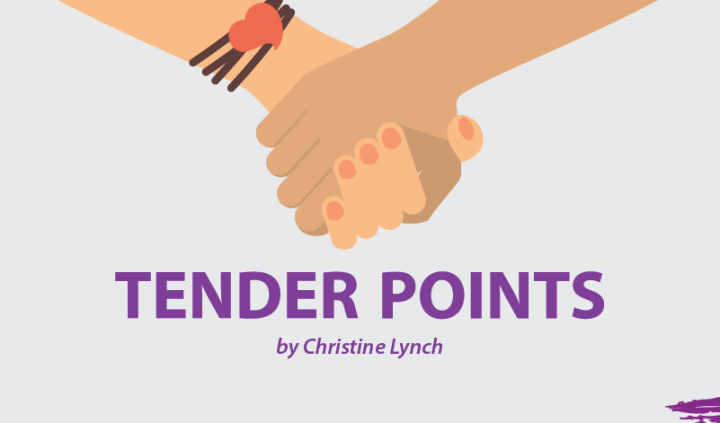Pain is so unique and so varied that the treatment that brought relief to it one time won’t necessarily bring relief the next time. If you’ve had fibromyalgia for a while, you’re sure to have tried many different pain therapies, perhaps including medication, heat, cold, massage, exercise, yoga, tai chi, and aqua therapy. The list goes on and on.
But I wonder how many of you have tried using your mind to ease your pain. It doesn’t need to be anything structured, like the practice of meditation. What I’m referring to is simple distraction. For example, I have a weekly card game with a group of six women who also have pain issues. The particular game we play requires no skill, but it’s one that makes us laugh, and requires that we focus on something other than pain. We agree that our pain levels are the lowest during those four hours of card playing than they are at any other time during the week. Getting lost in any activity that you find pleasurable can be very therapeutic. Yes, it can be difficult to motivate yourself to do anything for enjoyment when you’re hurting, but it can also be well worth the effort.
Meditation is another option. A body scan is one widely used variation of meditation. Here is a version from the Mayo Clinic’s website that I find particularly effective for pain control. A second form of meditation is mindfulness: You focus your attention on your breath, both as it enters and as it leaves the body, using a hand on the abdomen to feel its ebb and flow. The goal is to think of nothing but the breath, a task that is nearly impossible to accomplish. However, the practice of noticing when your mind wanders, then gently bringing it back to the breath, is therapeutic in itself. Free of many of our normally racing thoughts, helpful ideas often come forward for future implementation. (I try to have paper and pen near me when I meditate in case something useful pops up that I’d like to remember later.)
Other meditation variations include assigning the breath a color and then picturing it enter and move through the body. Another approach is to imagine the breath as a healing light, directing it to the point of pain on the inhalation, and using it to carry off the pain on the exhalation.
Some people use chanting, repeating a mantra such as “om” over and over. There are countless other methods of meditating. One of them will be effective for you. If you haven’t found it yet, I encourage you to continue your search.
Using your imagination can also reduce pain. Try directing your attention to a nonpainful part of your body — like a foot. Then use your mind to imagine that foot feeling warm or tingly. In the process, the focus of your attention becomes this foot rather than the part of your body that’s hurting, thus less pain.
A variation of this is to imagine the painful part of your body being separated from you and placed on the other side of the room. Imagine further that the pain goes along with this body part when it leaves. It takes a lot of concentration to feel your pain someplace other than inside of you. But, while you’re trying to make it happen, you’re not feeling your pain to the degree you once were.
You can also conjure up memories of pleasant experiences or beautiful sights you’ve seen. The more your mind focuses on adding details to your images, the less focused it is on the pain you have.
Never forget how powerful the mind is. Remember the placebo effect, for instance. And when your usual sources of pain control let you down, you can always employ mental analgesia — the imagining of being injected with a powerful painkiller.
***
Note: Fibromyalgia News Today is strictly a news and information website about the disease. It does not provide medical advice, diagnosis, or treatment. This content is not intended to be a substitute for professional medical advice, diagnosis, or treatment. Always seek the advice of your physician or other qualified health provider with any questions you may have regarding a medical condition. Never disregard professional medical advice or delay in seeking it because of something you have read on this website. The opinions expressed in this column are not those of Fibromyalgia News Today, or its parent company, BioNews Services, and are intended to spark discussion about issues pertaining to fibromyalgia.


